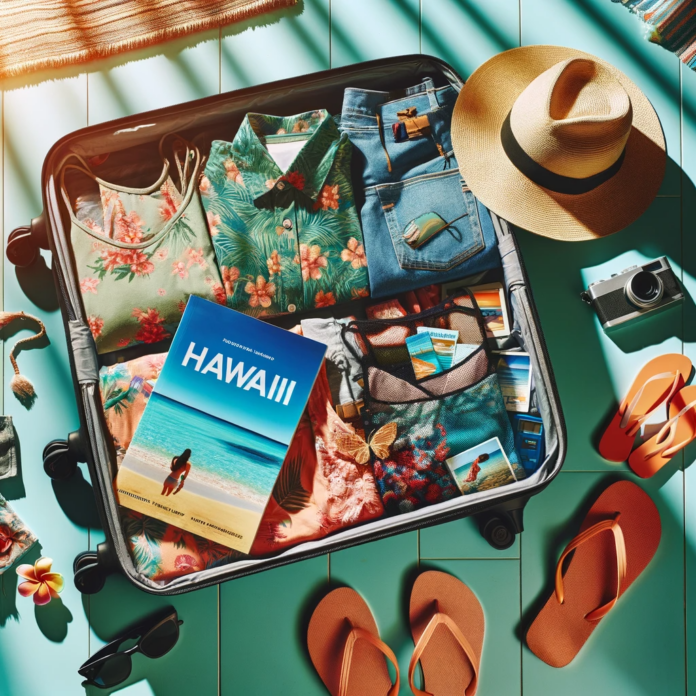People overpack for their trip to Hawaii all the time.
I see return visitors always telling first-timers to lay out what you want and then cut it in half. I also see stories of people who spent most of their trip in slippers (flip flops) and a bathing suit, wondering why they brought long pants.
Still, it’s on everyone’s mind when creating a Hawai’i packing list, “what do I need to bring?”
Before you dash off to purchase a new suitcase, it’s crucial to have a list, pack smart, and ensure you have everything you need for the ultimate Hawaiian experience.
I’ve got you covered with a comprehensive Hawaii packing list, this guide covers all the essentials, activity-based gear, island-specific recommendations, eco-friendly choices, and family-friendly ideas.
Key Takeaways
- Don’t over-pack. Use this guide to keep you on track. Almost all first-timers seem to over-pack and I tell you below if you really need it or not.
- Get ready for the beach and outdoor adventures in Hawaii with water shoes, sunscreen, dry bags & more.
- Pack consciously to protect the environment: bring reef-safe sunscreen, reduce single-use plastics & skip unnecessary electronics.
Hawaii Packing Essentials: Must-Have Items
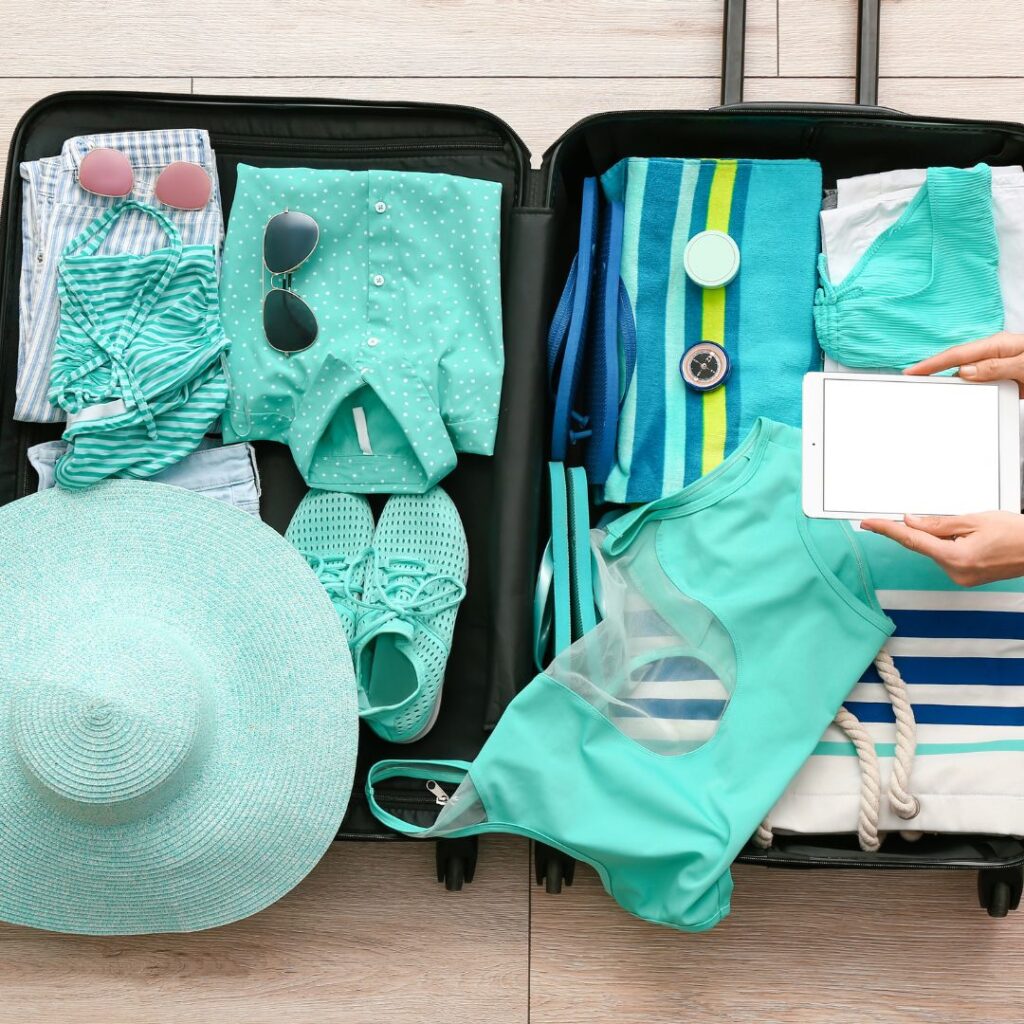
Depending on where you are coming from make sure you have all your travel documents in order to ensure a smooth vacation. Don’t forget your:
- Valid Drivers License or State ID, check that expiration date!
- Valid Passport
- Health Insurance information in case of the unexpected.
These items below are now mostly electronic but sometimes can be lost in a list of long email confirmations, especially if you booked them months ago. Double-check that you have easy access to the following:
- Hotel or lodging reservations
- Activities booked confirmations
- Restaurant reservations
- Rental car or tour reservations
I have a whole list of essential apps to make your Hawai’i visit smooth but for these items I use Tripit, it’s a free app and very handy.
Beach Necessities
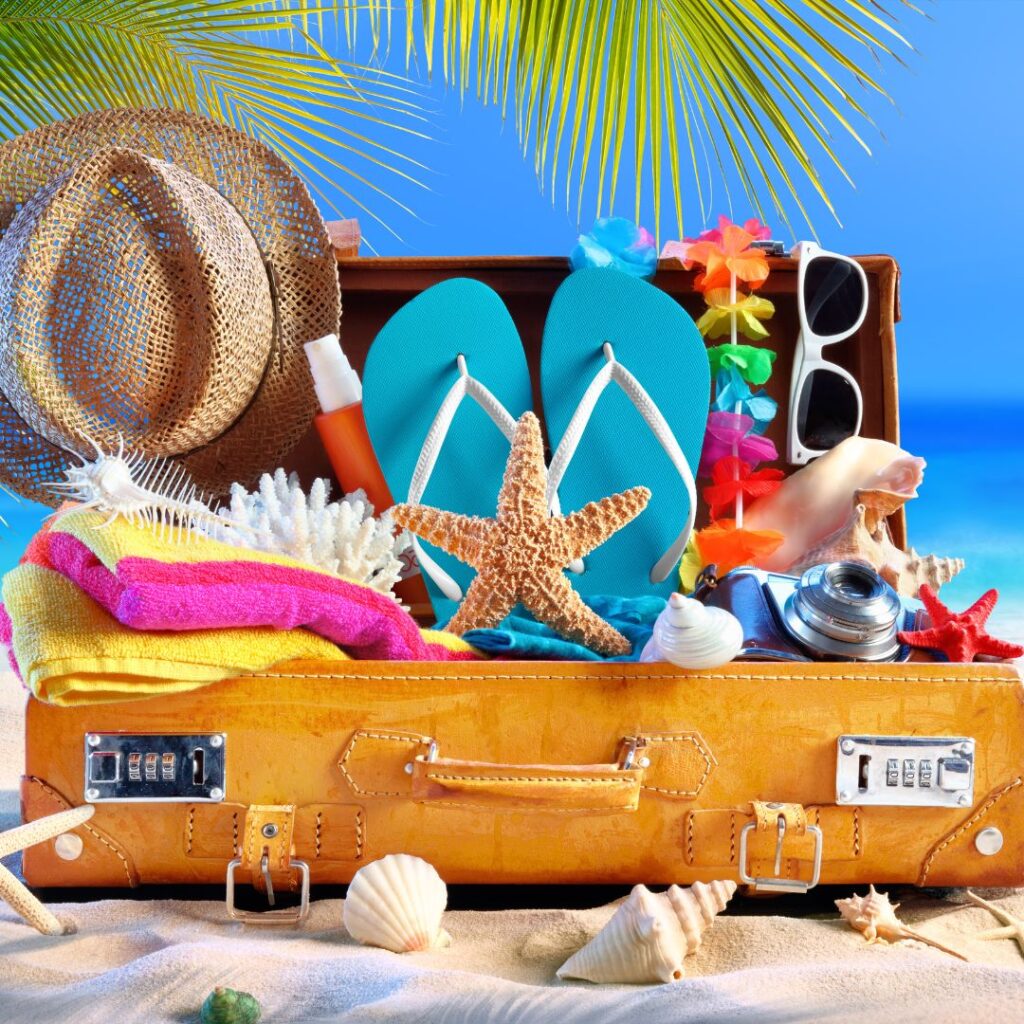
Since a beach day is inevitable during your Hawaii visit, remember to pack the essentials and fortunately, it’s not much.
Slippers aka Flip Flops
- We call them slippers but you may know them as water shoes or flip flops: crucial for protecting your feet from rocky shores and hot sand, while also providing grip on slippery surfaces. In reality, I rarely wear slippers at the beach, just coming and going. You will see many people walking while holding their slippers in Hawai’i.
When you are not walking in the sand you can wear slippers almost all the time if you want and you will see people wearing them everywhere. Some are high quality and at a premium while others can be bought for under $20, honestly, it’s really up to you.
If you are looking for the highest quality slippers that are not only comfortable but will look good and last for a couple of years then get a pair of Olu Kai brand slippers. My wife and I have a pair of black ones and love them.
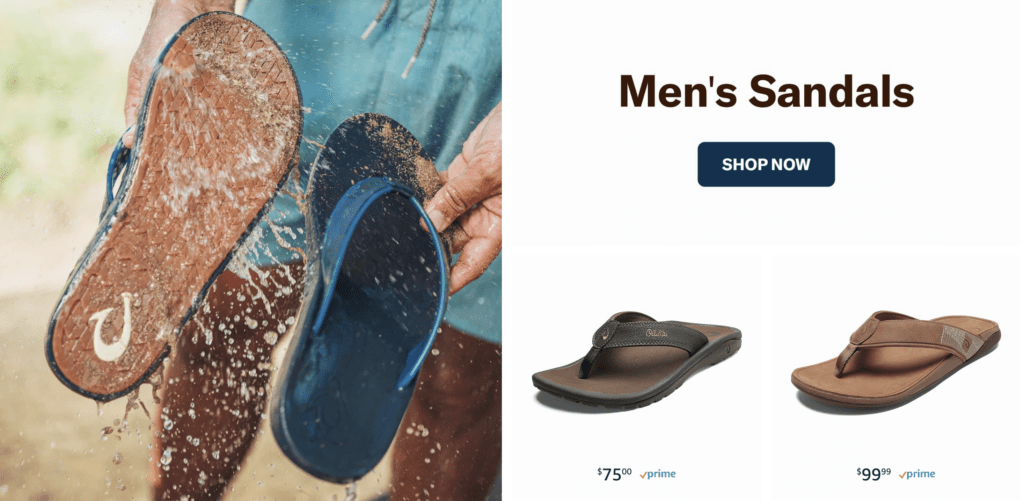
- If you are looking for water shoes to protect your feet from the reef, consider this, you shouldn’t be walking on the reef to begin with. With that said, there are some rocky shorelines along the water’s edge so a reef walker will come in handy when out exploring. Here are a couple of popular ones on Amazon.
- Waterproof beach bag with large pockets: perfect for carrying beach towels, toys, and other necessities. It sounds hi-tech which translates into expensive but you can get these for under $10.
- Sand-resistant beach towel: keeps sand from sticking to the towel. So this is a “nice to have” and you do not have to pack this on your trip. I don’t recommend it since it will take up a lot of space. All the hotels will let you use towels for the beach, just return them or be prepared to pay big $$.
- Dry bag: keeps your belongings safe from splashes and sand and is synonymous with the waterproof beach bag listed above.
Another item to pack is a reef-safe sunscreen that not only protects your skin but also Hawaii’s delicate marine ecosystems. Lastly, bring a reusable water bottle to stay hydrated while lounging under the sun. Several of the hotels I have stayed at on O’ahu, Maui, and the Big Island provide reusable water bottles complimentary. My favorite was from the Mauna Kea Beach Hotel.
You will find sunscreen available at most pools complimentary but if you are going out and about you need to bring, a lot, for your own use. I recommend the Sun Bum brand.
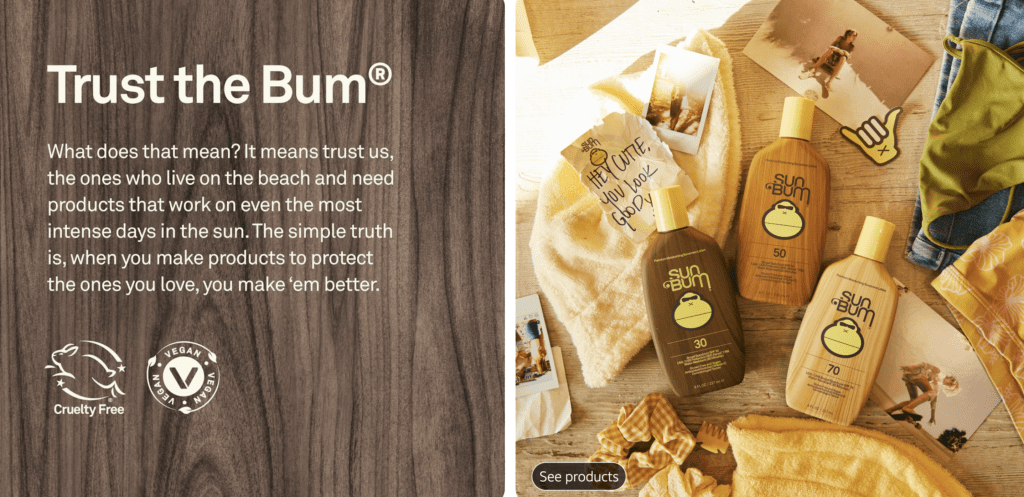
Clothing Selections
For your Hawaii trip, prioritize comfortable and versatile clothing options in your packing list. I have lived on the mainland (continental US) and know many of you dress a lot more formally, even for casual outings. If you have a special night out then go for it, otherwise, ditch the long pants and nightgowns.
Less Is More!
You probably can do your whole trip in shorts and t-shirts, bring a polo, a nice blouse, or get a collared Aloha shirt for that special night out if needed. Here are some suggestions:
- Breathable fabrics like cotton and linen are perfect for keeping you cool during daytime activities.
- Ladies might opt for swimsuits, cover-ups, shorts and tees, or breezy summer dresses.
- Gents can rock neutral shorts with Aloha shirts.
- Don’t forget to pack a light rain jacket, especially if visiting during the winter or traveling to Kauai which has some of the wettest spots in the world.
Personal Care and Travel Accessories
Alongside clothing, don’t forget the personal care items and travel accessories necessary for your Hawaii vacation. Here are some essentials to consider:
- A dry bag to separate wet clothes or gear from your dry belongings a large ziploc works perfect for this.
- Mosquito repellent, especially if you plan on hiking or venturing into the rainforest or any one of dozens of trails.
- A first aid kit, especially for those participating in outdoor activities outside of populated areas. I hiked the Kalalau Trail in July and having a first aid kit is essential.
If you’re prone to chafing in hot and humid weather, consider packing Body Glide, an anti-chafing balm that creates a protective barrier on the skin.
A waterproof phone case is another useful item to keep your phone safe from water damage during beach and water activities.
Activity-Based Packing Suggestions
Hawaii is teeming with exciting activities such as hiking and water sports. To be ready for your chosen adventures, Ive compiled some activity-based packing suggestions to help you pack for Hawaii and make the most of your visit.
Hiking Gear
Hiking is a popular activity in Hawaii, with trails that lead to stunning viewpoints, hidden waterfalls, and volcanic landscapes. To tackle these trails, you’ll need appropriate footwear, such as hiking boots or trail running shoes with good traction and stability. A light rain jacket is also essential, as weather can change quickly on the islands.
There is one hike on Oahu that you can do in slippers though, in fact, I have seen many tourists do it in platform shoes as well, Makapu’u Lighthouse trail. It is paved the whole way and you can even push a stroller or wheelchair along this short hike. Don’t blame me for blisters though, comfortable walking shoes are best.
If your hike takes you along a path that has multiple routes consider getting the Alltrails app along with other essential Hawai’i apps that will assist with navigation. If you will be out of cell phone range also look into getting the Inreach device for emergency communication. These were used by many during my hike on the Kalalau Trail, Kaua’i.
Water Sports Equipment
For those looking to make a splash, Hawaii is a water sports paradise. Be sure to pack:
- A rash guard protects your skin from sunburn and irritation during activities like surfing, boogieboarding, and snorkeling. You may see many locals body-boarding (boogie boarding) without a rash guard but I recommend if you are not doing this everyday that you get one. Not only is it a great physical sunscreen but it will protect you from getting a rash from rubbing on the board directly. Even if you are not riding a board they are great for staying sun safe. Kanu Surf is a great brand to consider.
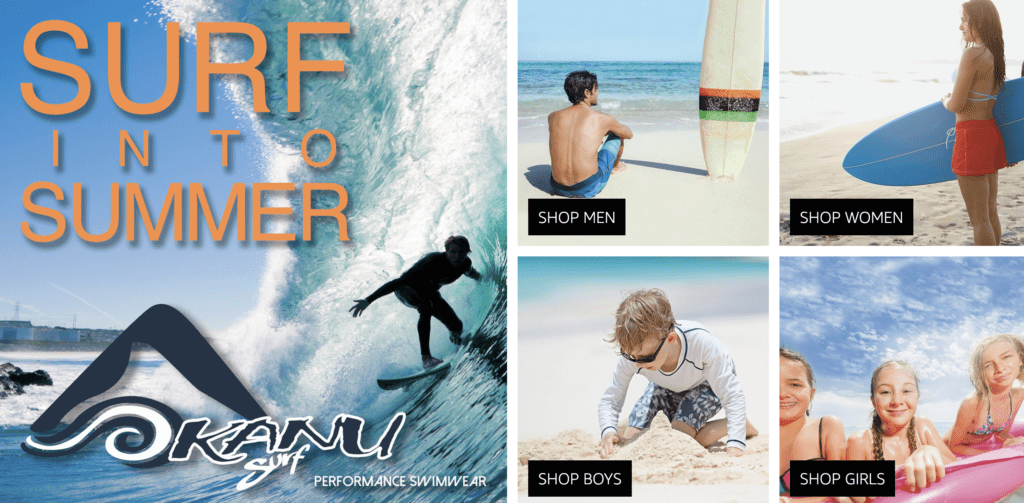
- An underwater camera to capture memories beneath the waves is something you should consider if you plan to snorkel or scuba dive.
- Snorkel gear is something that comes up a lot in travel groups on whether you should bring it or purchase it locally, maybe even rent it. Here are my thoughts…if you have never snorkeled before then plan on renting when you get here, this will get you some experience and you can then decide if you want to spend more $$ on a better set.
If you have snorkeled in the past and found most equipment is ill-fitting then bring your own that you have tested out, it will make the experience so much better.
If you prefer to stay above the water, consider bringing along a paddleboard or kayaking equipment. No matter your water sport of choice, these gear suggestions will help you dive into the Hawaiian waters with confidence.
Island-Specific Hawaii Packing List Considerations
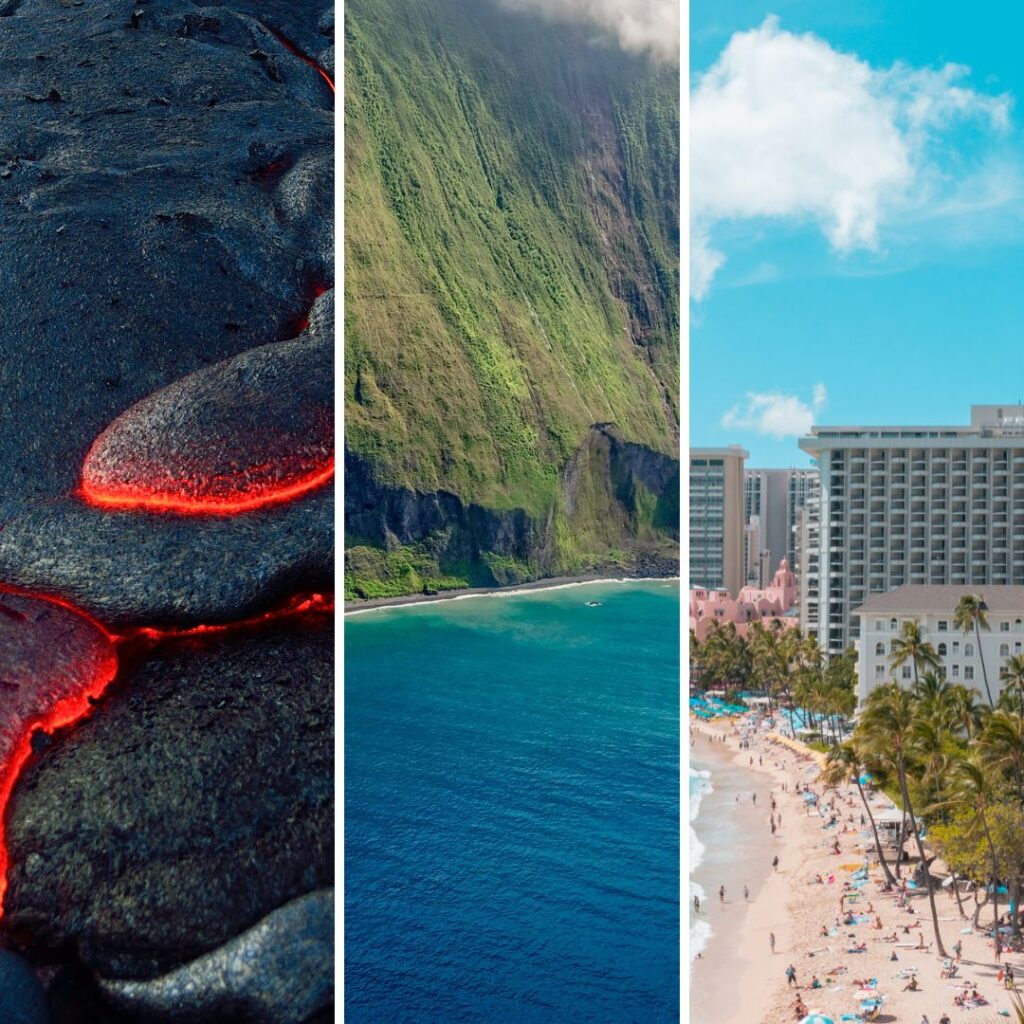
Each Hawaiian island offers unique characteristics and activities, but there are two islands in particular that have popular activities that may require some things you wouldn’t normally pack for a tropical Hawaiian vacation.
Big Island and Maui
These two islands have a unique activity that you will not find on the other islands and they both involve elevations cold enough for it to snow.
Yep, it does snow in Hawai’i on the summits of Haleakala, Mauna Loa, and Mauna Kea, amazing right?
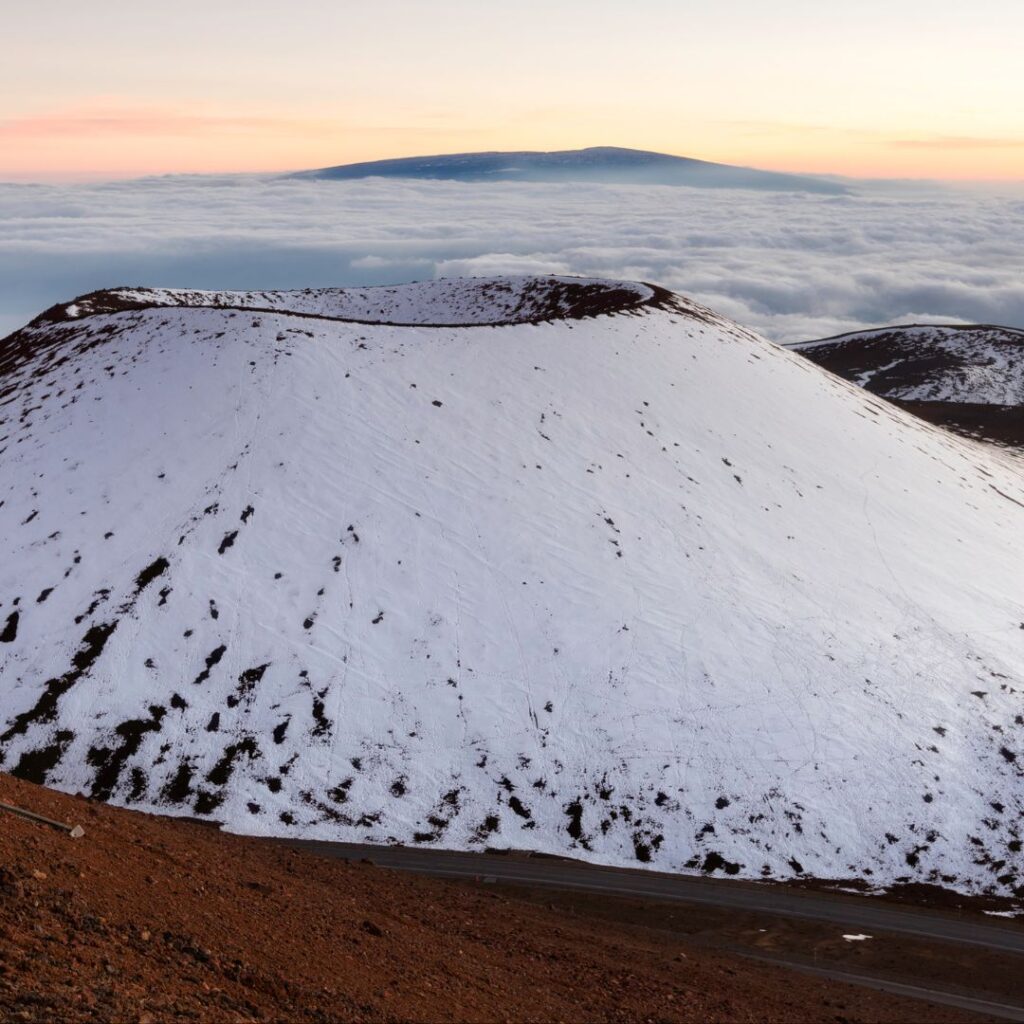
The Big Island boasts a diverse climate, with everything from sun-soaked beaches to snow-capped mountains. Be sure to pack items that cater to this variety, such as warm clothes for higher altitudes and appropriate beach gear for seaside adventures.
Must-see spots on the Big Island include night snorkeling with manta rays, Hawai’i Volcanoes National Park, and Mauna Kea Summit. Pack swimwear and snorkeling gear, comfortable shoes for exploring, and warm clothes for stargazing at the summit. With these items, you’ll be prepared to experience the Big Island’s unique beauty.
Maui has the popular Haleakala views for sunrise and it is a favorite among visitors. It gets cold, very cold, so if you plan on leaving your vehicle to grab a few photos be prepared.
If you don’t want to pack your ski jacket you have a couple of options just in case. If you are taking a tour be sure to ask if the provide any cold-weather gear. I viewed the stars from the Mauna Kea Visitors Center wrapped in beach towels, not recommended but hey, it worked.
Eco-Friendly Packing Tips
As your Hawaiian vacation preparation gets underway, bear in mind the environmental impact of your packing choices. The fragile ecosystems of the islands need our protection, so I’ve compiled some eco-friendly packing tips to help you make more conscious decisions.
Reef-Safe Sunscreen
Protecting Hawaii’s delicate marine ecosystems starts with the sunscreen you choose. Opt for coral reef-safe sunscreen, which lacks harmful chemicals like oxybenzone and octinoxate that can damage coral and other marine life.
By using reef-safe sunscreen, you’ll shield your skin from the sun’s harmful rays while also protecting the vibrant underwater world that makes Hawaii so unique. Make a positive impact on your vacation by choosing eco-friendly sunscreen.
Reducing Single-Use Plastics
Minimizing plastic waste is another crucial aspect of eco-friendly packing. Bring reusable water bottles to stay hydrated and reduce the need for single-use plastic bottles. Packing reusable containers and shopping bags can also help cut down on waste during your trip.
Here are the reusable beach bag and waterbottles I got when visiting the Mauna Kea Beach Hotel, many other hotels provide reusable water bottles.
Don’t see one in your room? Ask the front desk, you may be surprised.
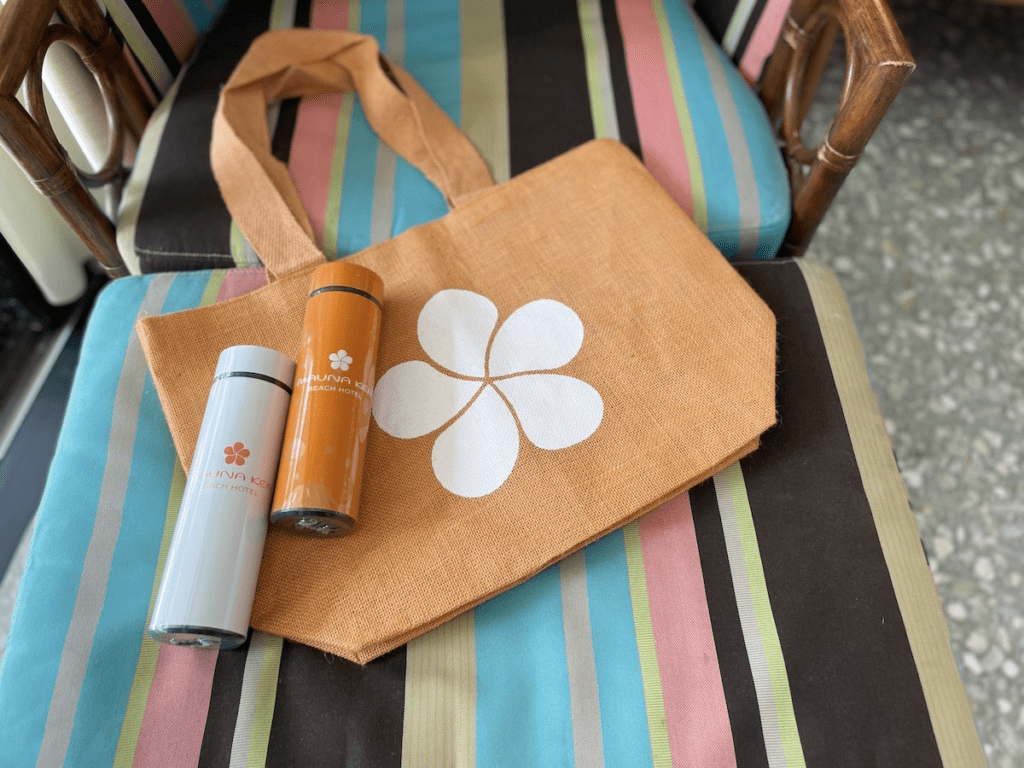
Hawaii has implemented rules to reduce single-use plastics, including bans on plastic carryout bags and restrictions on polystyrene foam foodware. By making conscious packing choices and following local regulations, you’ll contribute to preserving the islands’ delicate ecosystems for future generations.
Family-Friendly Packing Ideas
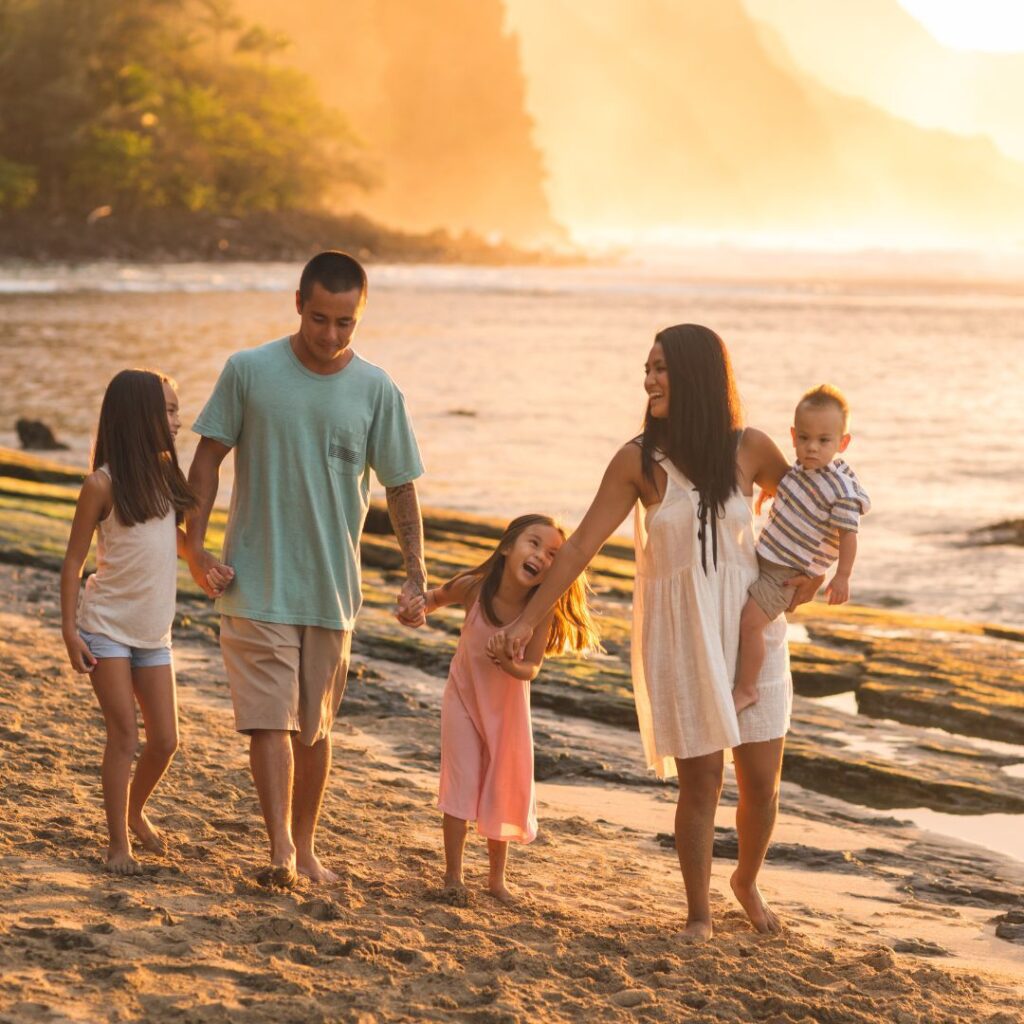
Are you planning a family trip to Hawaii? These packing suggestions cater to the whole family, ensuring a fun and stress-free vacation for everyone. From kid-friendly beach gear to practical clothing options, we’ve got the whole family covered.
Kid-Friendly Beach Gear
When it comes to beach gear for the little ones, safety and fun should be top priorities. Here are some essential items to pack:
- Flotation devices are a great way to provide security and confidence for young swimmers. Don’t confuse flotation devices with life jackets, always keep your eyes on the ocean and young ones.
- Don’t forget to pack sand toys for endless fun but remember the beach is a fun place without them. Take the time to walk along the shore and point out different shells or sand formations, hours of fun surround you.
- UV-protective swimwear to shield your kids from the sun’s harsh rays. I can’t emphasize this one enough. A rash guard with UV protection is a great way to avoid the all-over sunscreen wrestle, especially with sand everywhere. The sun in Hawai’i is strong and I see burnt tourists all the time, protect your skin.
In addition to beach gear, consider bringing travel games and a night light to keep the kids entertained and comfortable during your Hawaiian getaway.
Clothing for Kids
Dressing your kids for a Hawaiian vacation should focus on comfort and practicality. Here are some tips:
- Choose lightweight, breathable fabrics like cotton and linen to keep little ones cool during daytime activities.
- Opt for hiking sandals or waterproof trail runners for exploring.
- Pack water shoes or water socks for beach days.
What to Leave Behind: Items to Avoid Packing
While packing for Hawaii, knowing what not to include is equally important. Avoid unnecessary electronics and harmful sunscreen to reduce your packing weight and minimize your environmental impact.
Unnecessary Electronics
While it may be tempting to bring all your gadgets, consider leaving behind non-essential electronic devices. This will not only reduce the weight of your luggage but also encourage you to unplug and fully immerse yourself in the natural beauty and culture of the Hawaiian Islands.
Instead of bringing multiple devices, opt for a smartphone with a good camera for capturing memories, and download any necessary apps or e-books before your trip. Embrace the opportunity to disconnect from technology and reconnect with nature and your loved ones.
Harmful Sunscreen
As mentioned earlier, it’s essential to avoid sunscreens containing harmful chemicals like oxybenzone and octinoxate, which can damage Hawaii’s coral reefs. Make sure to check the ingredients list on your sunscreen and opt for environmentally friendly, reef-safe alternatives.
By leaving harmful sunscreen behind and choosing eco-friendly options, you’ll play a crucial role in preserving the delicate ecosystems of the Hawaiian Islands. Protect your skin and the environment by making conscious packing choices.
So pack smart, embrace the aloha spirit, and get ready to create unforgettable memories in paradise. Happy travels!
Frequently Asked Questions
What should I pack for a week in Hawaii?
Make sure to bring your travel documents, comfortable summer clothes, beach gear, shoes (slippers), toiletries, and sun protection for an amazing week in Hawaii.
How do I pack my carry-on only for Hawaii?
Pack light, go casual, minimize toiletries, and wear your heaviest items to make the most of your carry-on luggage when traveling to Hawaii. Rent beach toys and snorkel gear here to make the most out of your stay.
How much money should I bring to Hawaii for a week?
It’s advised to budget around $4000 per week for your Hawaii vacation, which averages out to roughly $342 a day. This covers the cost of meals, transportation, and accommodation.
Can I wear jeans to Hawaii?
In Hawaii, jeans are an acceptable option for everyday wear but may be too heavy for the humid and balmy temperatures. To understand the island lifestyle, shorts or a sundress might be more suitable options.
What type of shoes should I pack for hiking in Hawaii?
Pack comfortable and sturdy shoes with good traction for your Hawaii hike – either hiking shoes or tennis shoes. If you don’t plan to do any hiking you can probably get through your entire vacation with just sandals or slippers (flip-flops)

